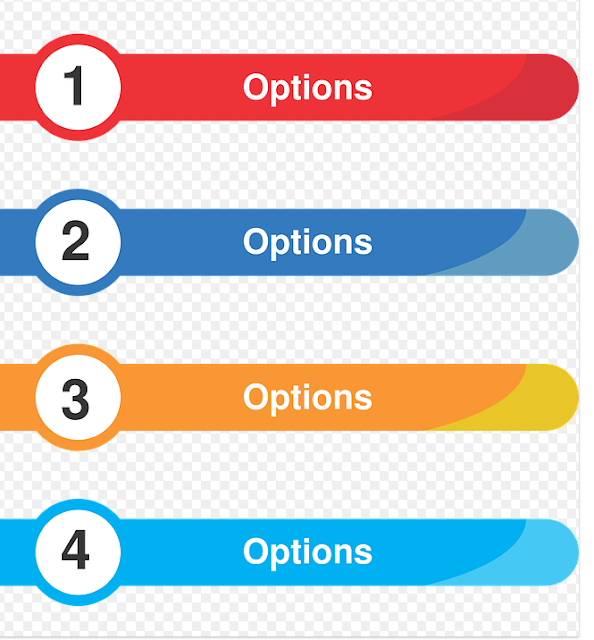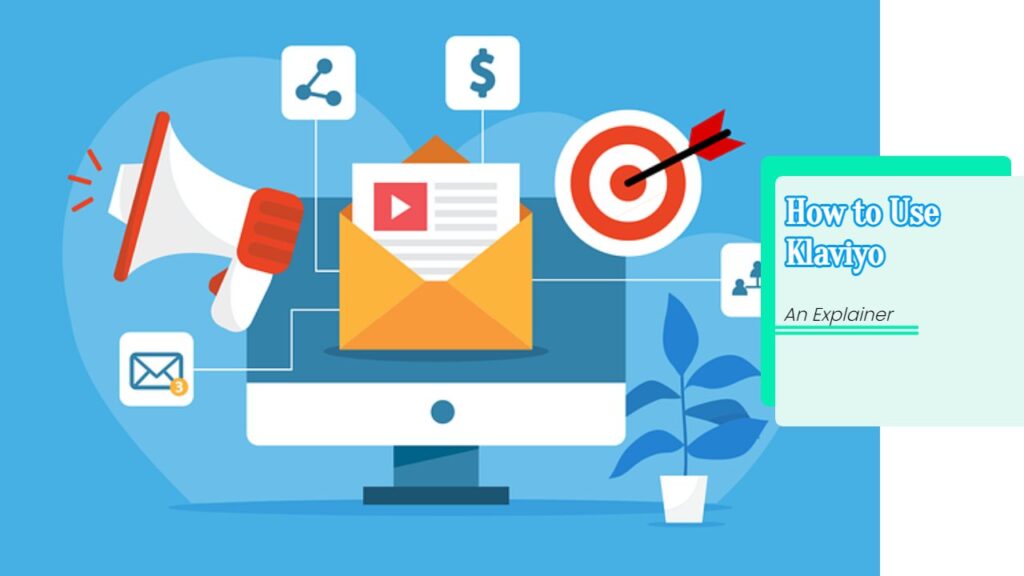But, you don’t know how to start. Or, you may have tried your hand at it, but failed to get any shares or people interested in your infographic.
Well, I have had some bit of success with infographics. My infographic on 51 Startup Mistakes landed on amazing websites like HubSpot, Manta and Addicted2Success as well as a lot many others.
And, the only tool I use to make infographics. is a free Piktochart account!
However, this post is not about me. This post is about real, accomplished experts – who managed to get their infographics shared far and wide. They’ll share with you how they did that, down below!
Jitesh Keswani, CEO of E-Intelligence
Create an infographic on the topic that is currently on your audience’s mind and relevant to them. Use 2-3 colors instead of 8-10 colors. In the “Above the Fold” part, there should be some stats so that users don’t need to scroll the infographic to view the stats.
Graphs and images should be used more instead of long paragraphs. There should be a social sharing button on the page of your website where you have published the infographic.
Add reference links as contributors and share the infographic with them informing that you have used their research to create the infographic.
They are more likely to share your infographic with their audience. In the last, use “outreach” activities to make your infographic viral and getting more social shares and backlinks.
Alex Tran, Digital Marketing Strategist at Hollingsworth
Syndicate your Infographics. We ask other people to share our infographics on Social Media. We also always post it to Pinterest. Surprisingly, our infographics rank in google images and get thousands of views when we post to Pinterest.
We also have a “template” for our infographics so that our graphics look consistent with our branding.
We also take the content and turn it into a blog post on our website at a later date. We may not use all of the same data, but repurposing the data allows us to rank for more keywords and reintroduces our clients/audience to our content and expertise.
Well, here at WinSavvy, I do kind-of the same thing, except that I often repurpose blog-posts into infographics!
Elliot Simmonds, Associate Director and Stephanie Skupien, Head of Creative Services at DJSResearch
An infographic should convey key ideas or insight in an engaging way, not a complex idea in slightly less detail. Focus on a strong narrative with high quality aesthetics.
For the former, understand the key elements of what it is you are trying to say, how they work together, and ignore what is extraneous to telling that story.
For the latter, ‘less is more’, consider what the stages in your story are, break it up into bite sized chunks and don’t be afraid of white space! The whole essence of an infographic is a story at speed – people don’t share infographics, they share information packaged well.
To achieve this, it’s well worth engaging a professional designer, ideally one who is experienced in working with the type of data involved in your infographic.
Aiden Angeli, founder and Senior Marketing Consultant at Ripe Marketing
Use big font that will allow your infographic to be readable on both desk top and mobile devices. Combine this with design that incorporates breathing room between the words and graphics. Don’t be afraid of white space (a.k.a. negative space).
This allows the eyes to really focus on the main points in the infographics without getting overwhelmed or being confused.
Use graphics or photography that help tell the story in a quick glance. This enables you to use fewer words to tell the same story. Less is better when it comes to copy. Some people hate to read, others don’t have time to read.
 |
| “Use Large Fonts When You Create an Infographic” |
Joseph Robison of WhatsTheHost
Our primary goals when designing a new infographic include 3 main goals:
- Choosing a topic that resonates with a wide range of people
- Collecting useful, interesting, or unique key points or data (from reputable sources)
- Connecting that information with powerful yet simple visuals –>which means working with an awesome design team that can help that vision come to life.
The infographic world might be saturated, but what makes one stand out exceptionally from the next really comes down to a couple of things:
- Is it actionable or revelatory? Does it make you want to do something different or give you insight into something you didn’t know?
- Really cool, easy to digest design
An extra tip we’ve also learned from our experience:
Breaking an infographic down into bite-size sections is really key. It makes it easier to process the information (rather than a super lengthy, overwhelming, and overloaded column of information).
Meg Marrs, Founder of K9 of Mine
 |
| “Stats and Data Turns a Mediocre Infographic into a Great One.” |
What really separates a mediocre infographic from a great, ultra-sharable is – 1. Beautiful, appealing design and 2. Interesting, compelling data (ideally, statistics).
Standard information you can get anywhere isn’t powerful in an infographic. Instead, use data, numbers, and statistics to provide real value and standout. If you can use original data, even better!
Scot J Chrisman, CEO at The Media House
Use the right template
Every infographic conveys a certain message or story, which is why there is no one-size-fits-all template for it. Choose the right color combination, font styles, icons, graphs, and even a flow that fits what you wish to convey best. Don’t forget to take into account your target audience’s preferences.
Now, there is already an array of pre-made color palette and templates that you can use, so make sure to maximize them.
- Create a catchy optimized title
Try to create catchy but unique titles for your infographics but still use words that are understandable to the public.
Your titles should be like a teaser or preview of what your infographics are all about, plus they should be using SEO keywords that can help boost your traffic as well.
- Find the balance between words and visuals
The main star in your design is the visual content such as graphs, photos, or icons and not your descriptions. So, try to find the right balance between these two ingredients. You don’t want a wordy infographic or one that is lacking visuals.
Always remember that the goal is to provide information in a simple, fast, and informative manner that is pleasing to the eye.
Oliver Andrews, owner of OA Design Services
 |
| “The Right Colour Matters a Lot When it Comes to Making a Great Infographic” |
Prioritize your goals and don’t include anything that doesn’t help you achieve the story and objective. Write an introductory copy that gives context to your image, story, and goals. If an infographic is just simple and focused, then it can easily convey its message.
The headline is a very important part of the infographic. If it does not have any attention-seeking headline then it will not get any attention.
Choosing colors that enhance information is an important aspect of graphic design.
It is also the most effective tool to influence the audience and use different shapes to highlight the heading or subheading. You can add vector or graphic images too.
Norhanie Pangulima, Content Ambassador at Hernorm
Use figures or numbers to persuade your audience. There are credible sources of data from the internet based on the topic you want to write about. The use of numbers suggests scientific analysis and increases the reliability of your content.
Explore on using online tools to increase creativity. There are tools on the web to help you create your own infographic with attractive designs. Canva and Piktochart are two of the most popular tools in making incredible infographics. They both have a wide range of template categories to choose from that are suitable for whatever content you want to make.
Samantha Moss, Editor & Content Ambassador at Romantific
Colors matter. Since we’re appealing to the eyes whenever we create infographics, colors play a huge role in its creation. Choose the right colors based on your topic and the audience you’re aiming for.
The headline is equally important. Curate a catchy headline that will draw attention to your work. Make sure that you use a bigger font for the headline to emphasize it. Once you get interest through your headline, the rest of your infographic will be easier to sell.
More graphics. It’s called infographic for a reason, so make sure that the illustrations are more evident than the text. Otherwise, you might just call it an article.
David Kranker, founder of David Kranker Creative
 |
| “Make Your Infographic Interactive with a Little Bit of Javascript, or Hire a Developer.” |
There are many online tools out there that allow individuals who aren’t terribly tech savvy or design-oriented to create infographics.
When anyone can create infographics it becomes very hard to get others to share your branded infographics. No one wants to do that when they can create their own and brand it.
Therefore, instead of creating and promoting normal infographics, I focus on interactive infographics. Think infographic, but full page, responsive, and with motion.
The benefit of making something like this is not only that it’s engaging and immersive, but also that even an average content marketer couldn’t create something like this (without the help of a developer).
When you’ve got something unique, you increase the likelihood that people will share and link to your piece.
Chris Gadek, Head of Growth & Marketing at ADQUICK
When designing your infographic, be sure to include plenty of color.
A recent study shows that colorful images will attract a person’s attention by a whopping 80% more than something dull. So, get familiar with the color spectrum and use it to your advantage!
Greg Haver of CoffeeorBust.com
 |
| “Plan out Your Infographic Beforehand” |
Make sure to ask yourself these four questions:
Would my target audience find this valuable?
Has this infographic already been made? If so, how can I make it better?
Is it simple and focused or does it have too many words?
Is the design eye-catching or confusing?
Carla Diaz, Cofounder of Broadband Search
Here’s a good rule of thumb.
Write down everything you want to put in your infographic and then throw away half of it. And don’t think that it counts as good design if you use proper spacing but a reader has to scroll for five minutes to find the end.
An infographic is not supposed to be a comprehensive resource but rather a springboard to further research.
Nolan Barger, Internet Marketing Analyst for WebFX
 |
| “The More Shareable Your Infographic, the Better” |
The easiest way to get your infographic shared is to make it shareable. This seems like a no-brainer, but I always make sure to let people know they’re allowed to share it.
I’ll put a note under the graphic that reads “Feel free to share this graphic on your site! Just copy and paste the code exactly as it appears below.” Under that note, I’ll put an embed code so it’s easily shareable for anyone that wants to use it. Hubspot has a good resource for this here.
A lot of bloggers and businesses aren’t sure what they’re allowed to take and share from other sites on their website.
This makes it clear that they have your permission to use your graphics and gives them a code that they can easily copy and paste into their site.
- Related Read: The Definitive Guide to Guest Posting
Blake Sutton, Marketing Director at Electrical Knowledge
The content that you opt to choose is always imperative, but what will typically catch the eye of the reader is the design of the infographic.
You’ll want images for each point of your listicle, and be sure to bold any important words that you want to stand out. Try to get really inspired when selecting your images, as you can decide to make your infographic informative, but still catchy.
Look at things this way – if your infographic only consisted of your sub-headers and images, you’d want the reader to still be able to get the basic idea of the information that you’re trying to share.
The content under each sub-header will provide actionable tips and give more context to your point. It’s really as simple as that!
Andrea Loubier, CEO of Mailbird
Creating an infographic is like equal parts art and science. The main thing to remember is to create your content before you even consider graphics or color schemes, as that your content may very well inspire or dictate that.
You’ll need your points to be concise and very direct and actionable. Envision your infographic as a handy To-Do article that can easily guide the reader via content and images.
With your images, be sure that they are relatable and eye-catching. This is what will actually grab the attention of the reader. And, if it’s visually appealing, it has a much better chance of being included in a variety of posts.
Ayesha Ambreen of AyeshaAmbreen.com
 |
| “Follow the Rules for Creating a Great Infographic” |
Designing an infographic is a three-step process.
The first step is the idea – the most crucial step.
Infographics are great, no doubt. But there are tons of infographics available online. The first thing you can do to stand out is to come up with a unique and interesting idea. The idea that sparks attention.
Next comes the content. A great infographic is informative but brief. No one wants to read big blocks of content even on an infographic. In fact, it is much harder to read (and accommodate) content blocks on an infographic.
It’s best to keep it useful and to-the-point.
The last but one of the most important thing is design.
When designing an infographic, make sure it is readable. Use colors that do not overwhelm or make the text hard-to-read.
Also, keep the user experience in mind. Use visuals that make sense and also compliment the text on the graphic.
That’s all. Hope you liked the post.
If you did, do give it a share.
And, if you have any questions, drop it down in the comments and I will get back to you.























